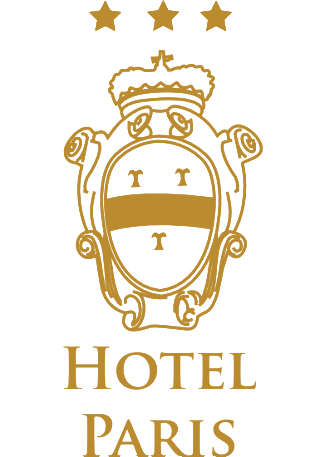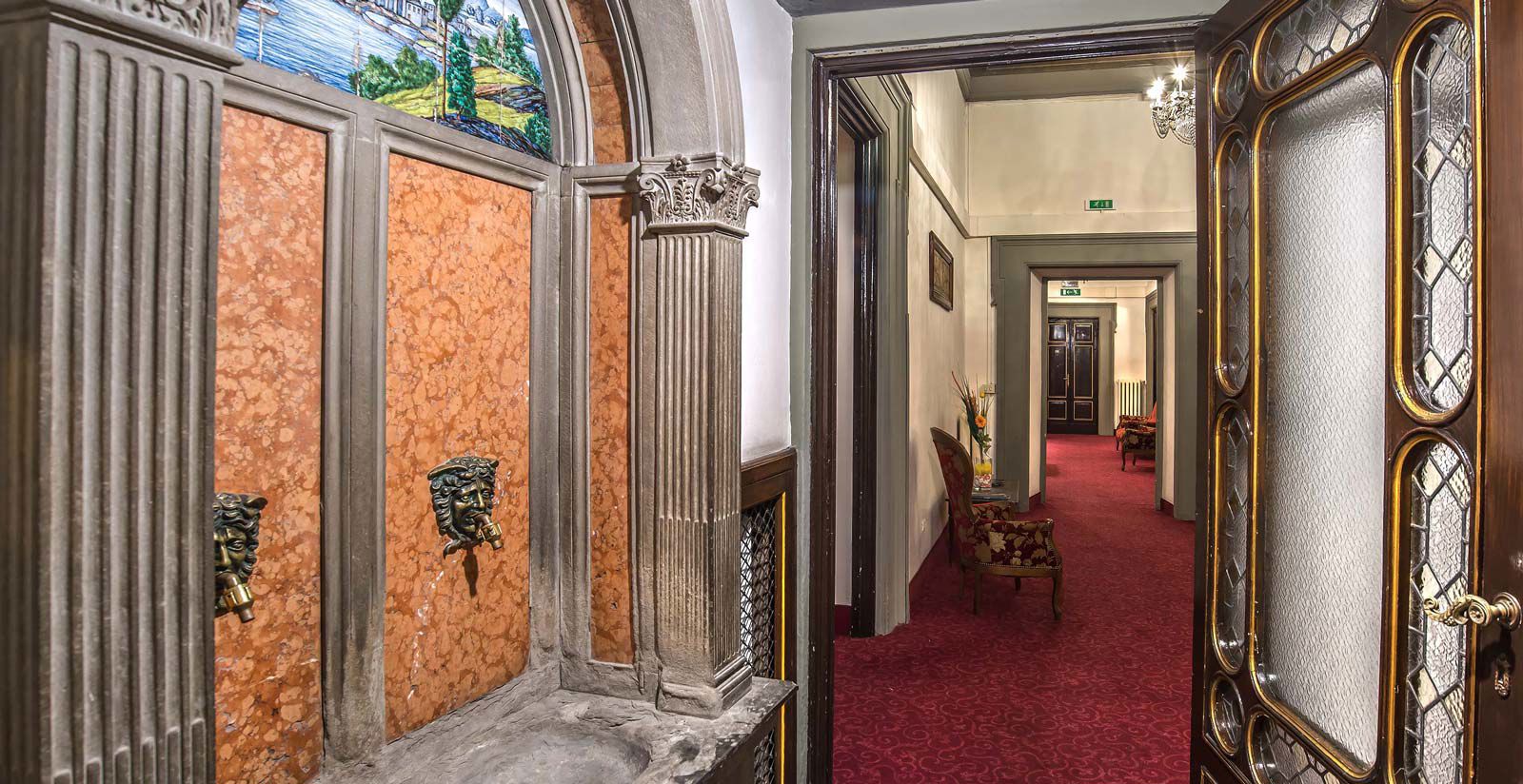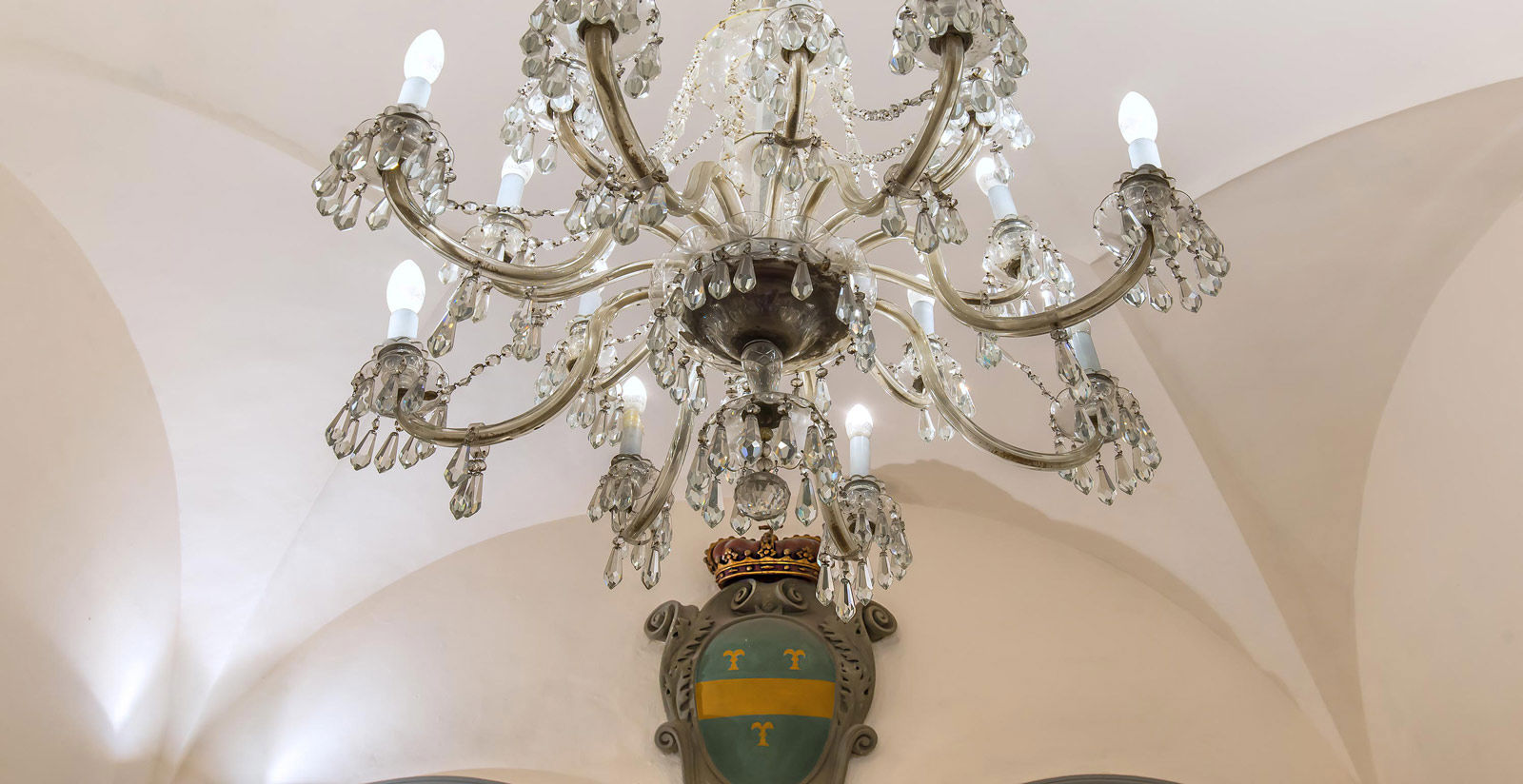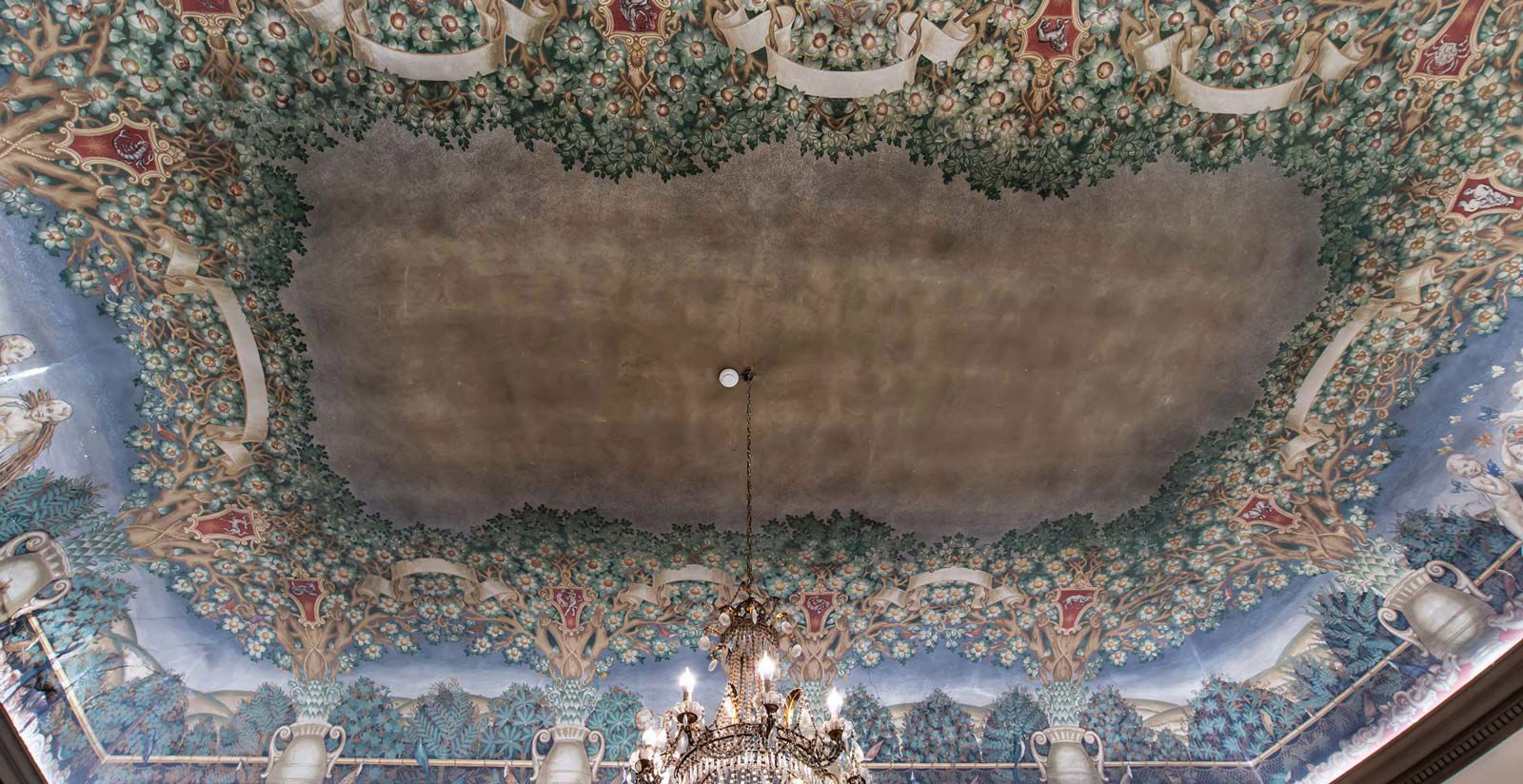History of Hotel Paris
The two prestigious Renaissance palaces that host Paris Hotel
Our hotel is located in Via de’ Banchi, and occupies entirely what was once the Venturi palace, former Doni palace, and partially the Mondragone palace. Experts definitely reject the idea that the name derives from a family. Probably it is due to the commercial and financial stands (banchi) that once animated this street and making it one of the wealthiest of Florence.
Via de’ Banchi is one of the very few streets of Florence that we know exactly when they were built. It was the year 1324 when the Signoria (the Florentine government) ordered: “the new street from Via Panzani to Piazza Santa Maria Novella to be finished.” The street was conceived and built to make it easier to move from the quarter of San Giovanni (Duomo) to the quarter of Santa Maria Novella.
-
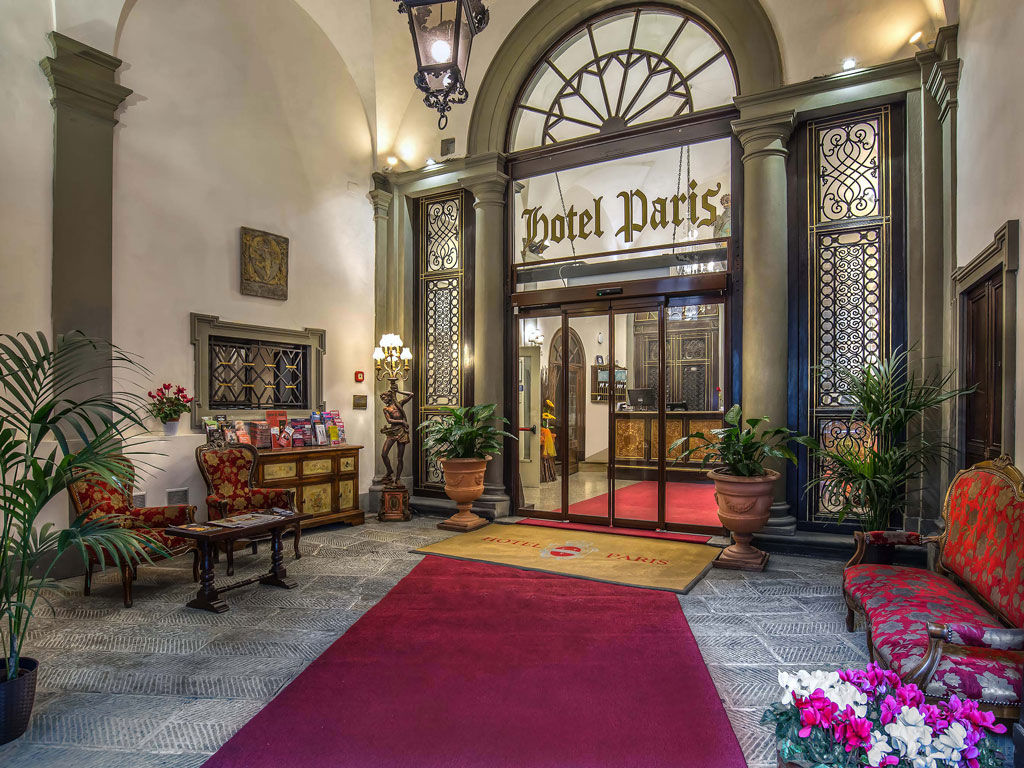 THE VENTURI PALACE
THE VENTURI PALACEUntil the 15th century, in this area, existed several houses belonging to the Bischeri family. In 1599, according to the indications of Francesco Ruggeri in his study on the Florentine civil architecture, the architect Bernardo Buontalenti started here a palace for the Doni family, who owned it until the middle of the 17th century. Through the dowry of Clarice Doni the palace passed to the Bourbons del Monte, who sold it in 1667 to the Cavaliere Cosimo Venturi. Were undertaken at that time a series of modifications to embellish the noble floor.
During the French occupation, senator Ippolito Venturi, housed in the palace Giuseppe and Elisa Bonaparte giving sumptuous receptions.
After the death of Ippolito, the building came to his daughter Marianna Garzoni Venturi, who sold it to Prince Don Ercole dei Pio di Savoia in 1850. The prince used it as his Florentine residence and placed in the palace a precious fresco by Domenico Veneziano detached from a nearby tabernacle in via de’ cerretani. -
 THE MONDRAGONE PALACE
THE MONDRAGONE PALACEThe Mondragone palace that hosts on the second floor part of our hotel owes its names to the Marquis of Mondragone, Flavio di Arazzola. This Neapolitan nobleman setteled in Florence renting a house on this site, owned by the Ricasoli family. In 1570 the Marquis purchased the building and had it transformed by Bartolomeo Ammannati into a real Palace. Flavio Mondragone was very close to Francesco I de’ Medici, having instructed him as a child on behalf of Cosimo the First. It seems that Flavio’s wife, Donna Mondragone, favoured the meetings between Francesco and the noble Venetian Bianca Cappello inside the palace. Hence the legend that the ghost of Bianca Cappello still haunts the walls of the building!
When the protection of Francesco started to decline, the Mondragone left Florence and sold their palace to a Carnesecchi, the banker Zanobi di Bartolomeo, for 7000 ducats. Formerly, on this site there were some houses owned by the Tornabuoni, gathered in one building by the Cini family, who sold it, around the mid-sixteenth century to the Ricasoli family.
The main façade is located on Via de' Banchi and is adorned, on the corner oriented towards Santa Maris Novella square, with a great coat of arms of the Ricasoli family. The emblem replaced one of the Mondragone family although the family no longer owned the building for some sort of damnatio memoriae towards Bianca Cappello and his supporters wanted by Ferdinando I de 'Medici. The building has since changed owners many times before becoming today a joint ownership and part of our hotel.
The façade on via de’ banchi looks typically Mannerist: two large portals and windows kneeling on the ground floor and two rows of windows on the first and 2nd floors, underlined by frames and protruding lintels. On this side there is also a terrace characterized by a beautiful stone balustrade. The original façade on via Panzani was destroyed in the 19th century to enlarge the street. It has been rebuilt anonymously.
In the entrance of the building, today the lobby of our hotel, you can see the Venturi’s coat of arms with the crown of Anjou. The stained glass on the first floor are works of the early 20th century.
On the first floor, you come across an interesting room (today our breakfast room) which ceiling is frescoed with grotesque in style of Bernardo Poccetti, although to a century later, the 18th century.
A room on the second floor, today our presidential room, has a ceiling decorated with frescoes from the 19th century in Neo-Gothic style: the representation is dedicated to Time and there are depicted at the four ends cherubs achieving activities related to the four seasons.
The scene is completed with a series of floral and vegetal elements overhung by the symbols of the twelve zodiac signs enclosed within coats of arms. There is also a remarkable fireplace and a stone basin, both crafted in the 16th century.
Other rooms of the palace are used today as hotel rooms. Among these, some have 19th century décor, such as those of the former alcove, with sculptures of caryatids in “terracotta invetriata” (glazed terracotta), supporting baskets with modeled flowers and fruit.

